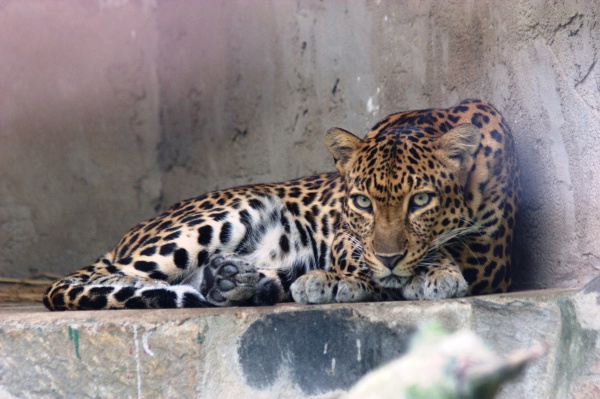Facts About Indochinese leopard
The Indochinese leopard, a notable subspecies found in mainland Southeast Asia and southern China, is facing severe threats including habitat loss due to deforestation and poaching driven by the illegal wildlife trade. Experts estimate that the population of these leopards is dwindling, with only a few thousand mature individuals remaining. Over the years, their historical range has significantly contracted.
First described scientifically as *Panthera pardus delacouri* in 1930, the Indochinese leopard is distinguished by its rusty-red fur adorned with small rosettes. Camera trap studies reveal a fascinating pattern: north of the Kra Isthmus, leopards typically exhibit spots, whereas south of the Isthmus, melanistic (almost black) leopards are more prevalent. This darker coloration provides better camouflage in the dense tropical forests.
Currently, the Indochinese leopard's distribution is restricted to parts of Southeast Asia. Key populations are found in protected areas in Myanmar, Thailand, Malaysia, Cambodia, and southern China. However, their numbers have plummeted in many regions, and in some areas, they may have already vanished entirely.
Research in Thailand's protected areas has offered insights into the leopard's preferred habitats and prey. Unfortunately, the main threats to their survival include habitat destruction from deforestation, prey depletion due to illegal hunting, and the illegal wildlife trade, where leopard parts are increasingly sought for traditional Chinese medicine.
The challenges posed by habitat destruction and poaching are formidable. To ensure the long-term survival of the Indochinese leopard, it is crucial to protect their habitats and curtail illegal hunting activities. Conservation efforts are essential to save this endangered subspecies from extinction.

 Bangladesh
Bangladesh